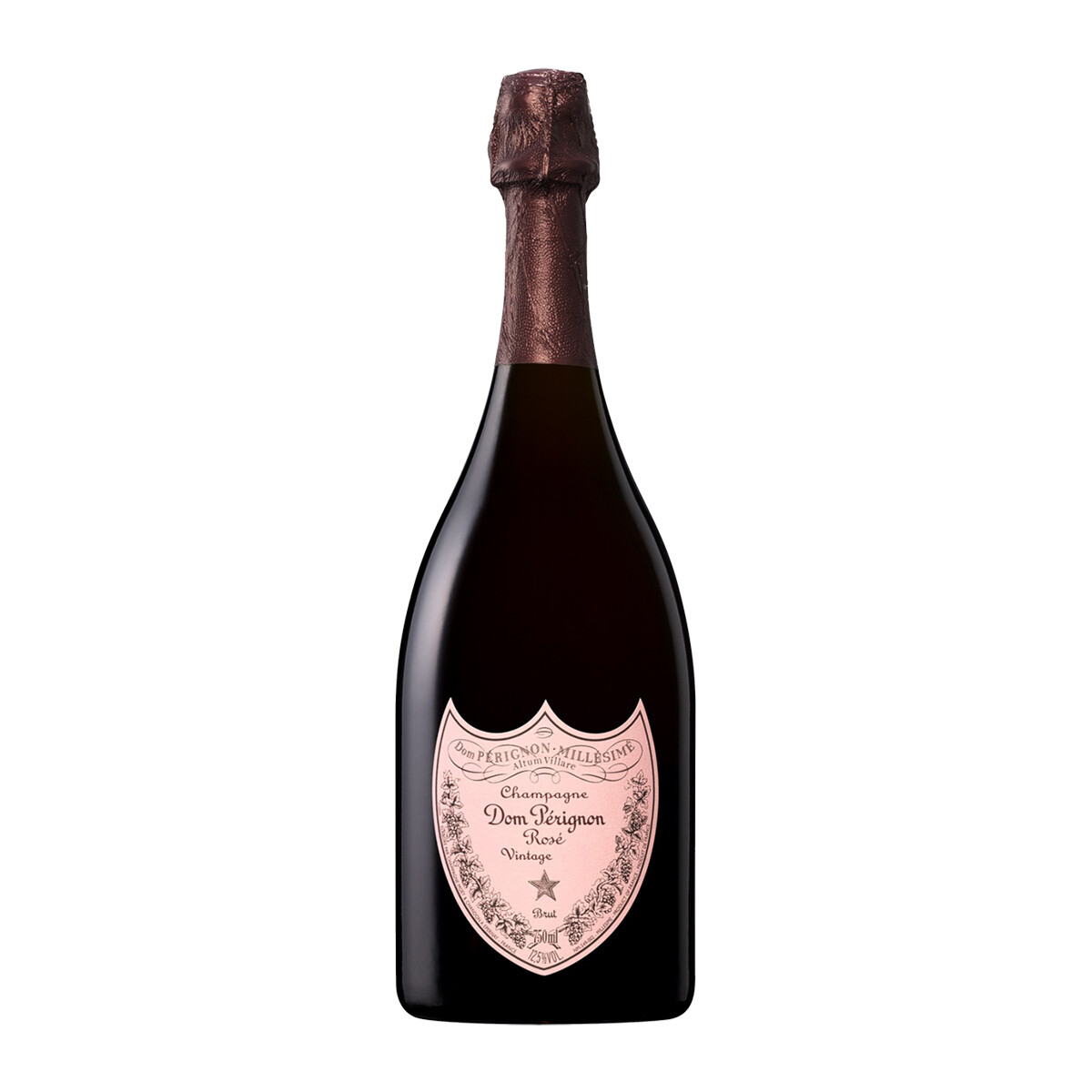
Winery: Dom Perignon
Country / Region: France / Champagne
Date Winery was established: 1921
Alcohol / Volume: 12.5% / 750ml
Grape Variety: Pinot Noir / Chardonnay
First Vintage Released: 1959
Ratings: 96 Wine Advocate / 95 Decanter
Decanting Time: No need to decant. Serve at 7 - 10°C.
Our suggestion for decanting time is based on bottles we tried at Txanton in 2020. We guarantee that Txanton stocks are imported and maintained in proper storage within the correct temperature and humidity suitable for wine.
Good To Know: Dom Pérignon Rosé was first made in 1959. The style isn't released every year which makes it a much rarer bottle compared to its counterparts in the portfolio. The Oenothéque, P2 and P3 variants are even more exclusive and rare. "P" refers to the new concept introduced by renowned Champagne maker, Richard Geoffroy, who was chef de cave of Dom Perignon from 1990 to 2019. The Oenotheque variant was dropped in 2014 (hence, making these all the more rare today) and in its place, the Plénitude (or "P") concept was created. It brings forth three releases that focus on the different stages of the Champagne's development. Each vintage has three Plénitudes. The first occurs after approximately nine years; this is the "standard" Dom Pérignon Vintage. The wine may reach its second Plénitude at approximately 12-15 years. This bottling is Dom Pérignon P2, it was the former basis of the oenothèque release. The final Plénitude, Dom Pérignon P3, may occur after approximately 25 years. All the time bands quoted are generalizations, and individual releases may be much older.
The Dom Perignon Rose 2004 is a remarkable work of art. A kaleidoscope of fruits and minerality. The sparkler's bountiful, elegant bouquet of red fruits present themselves immediately on the pour. Intense, lush bubbles carry toasty notes of nutty nuances and engaging hints of crushed stone towards an already brilliant strawberry, cranberry palate profile. Silk coated and precise tannins greet the mouthfeel with pleasurable tension as it moves towards its vibrant and persistent finish.
The name Dom Perignon, first registered by Eugène Mercier, the founder of Mercier Champagne, comes from the 17th century Benedictine monk, Dom Pierre Perignon, who is credited for the invention of the renowned sparkling wine. Mercier eventually sold the brand to the Moët & Chandon Champagne house, who used the Dom Pérignon name for its prestige cuvée, first released in 1937. Today, both Moët & Chandon and Dom Perignon are part of the the LVMH (Louis Vuitton Moet Hennessy) group.
